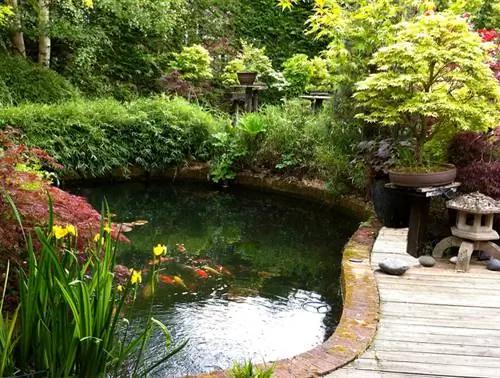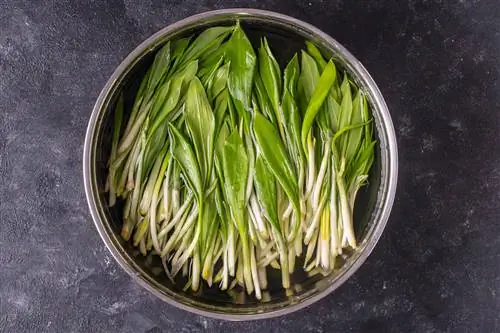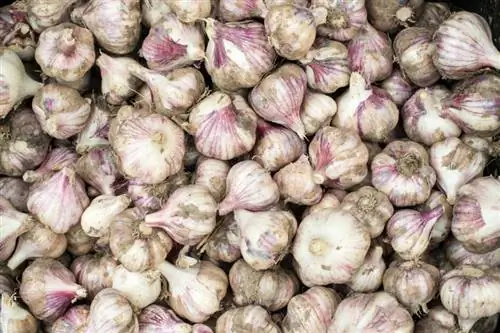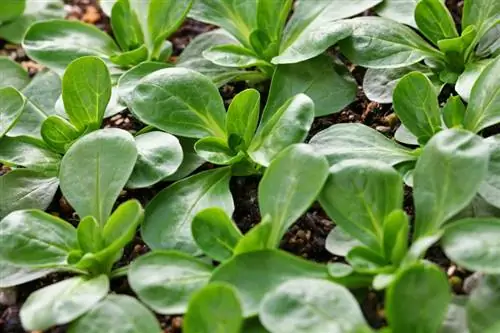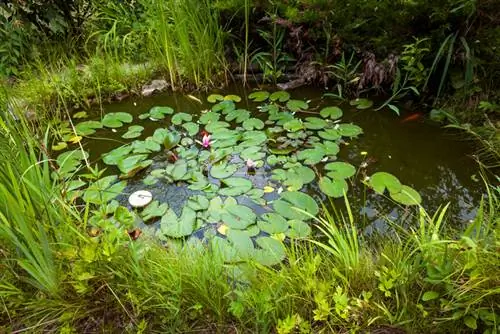- Author admin [email protected].
- Public 2023-12-16 16:46.
- Last modified 2025-01-23 11:21.
The most important thing when choosing a pond filter is the correct dimensions. Pond filters that are too small are worse than no filter at all. How to calculate pond filters correctly and what you have to pay attention to can be read in detail in our article.
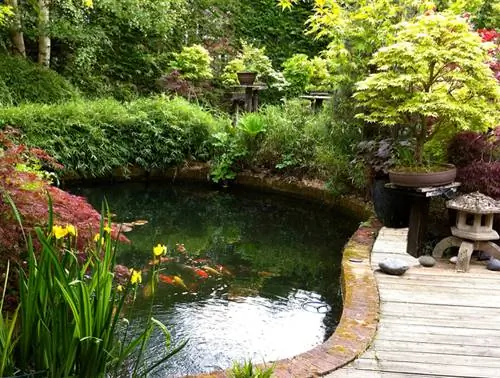
How do you calculate the right pond filter?
To calculate the right pond filter, consider the type of pond and the amount of dirt. To convert 1 g of ammonium you need 4 m² of specific filter surface. Calculate the required filter volume from this and seek advice from a specialist.
Pond filter and pond volume
Basically you can use the pond volume for the calculation. However, this is not always the only decisive criterion. How much pond volume you have in your pond plays less of a role in the design of the filter - it's all about how much dirt you want to filter out of the water.
The type of pond is particularly important when selecting the filter. As a rule, you don't need a filter for a natural pond - plankton and microorganisms in the water ensure a sufficiently good water quality and adequately prevent algae from forming in the pond. The plants growing in the pond then convert the dust and the wind into the pond even further.
It looks different in a fish pond. By adding fish food (you have to feed many species of fish, such as koi carp), you fundamentally change the nutrient situation in the pond.
Processes in the fish pond
In the pond inhabited by fish, a lot of ammonium is released into the water - on the one hand via the gills of the fish, and on the other hand there is also the natural ammonium content that arises from rotting plant residues in the pond.
Too high an ammonium content is quickly fatal for the fish. The same applies to phosphates, which are mainly introduced through fish feed. Here too, excessive content is harmful because it leads to increased growth of algae, for which phosphate is an excellent fertilizer.
Filter surface as a basis for calculation
The actual appropriate filter size for a fish pond can be obtained by calculating the surface area that can be colonized by nitrifying (nitrate converting bacteria).
The basic rule:For the conversion of 1 g of ammonium, 4 m² of specific filter surface is required.
This means that when 100 g of food is introduced, around 4 g of ammonium is produced (depending on the fish population) - and therefore a filter area of 16 m² is required. From the size of the required filter area you can then calculate which filter volume is appropriate. Here you should round up again a lot, then you are on the safe side when it comes to the filter size. Despite the approximate calculation, always seek detailed advice from an expert regarding the filter volume and provide realistic information for the calculation.
Tip
The filter performance can of course be significantly lower with less ammonium input. With a natural pond, you don't need a filter because there is no artificial input. At best, in these cases you can actually use the pond volume.

